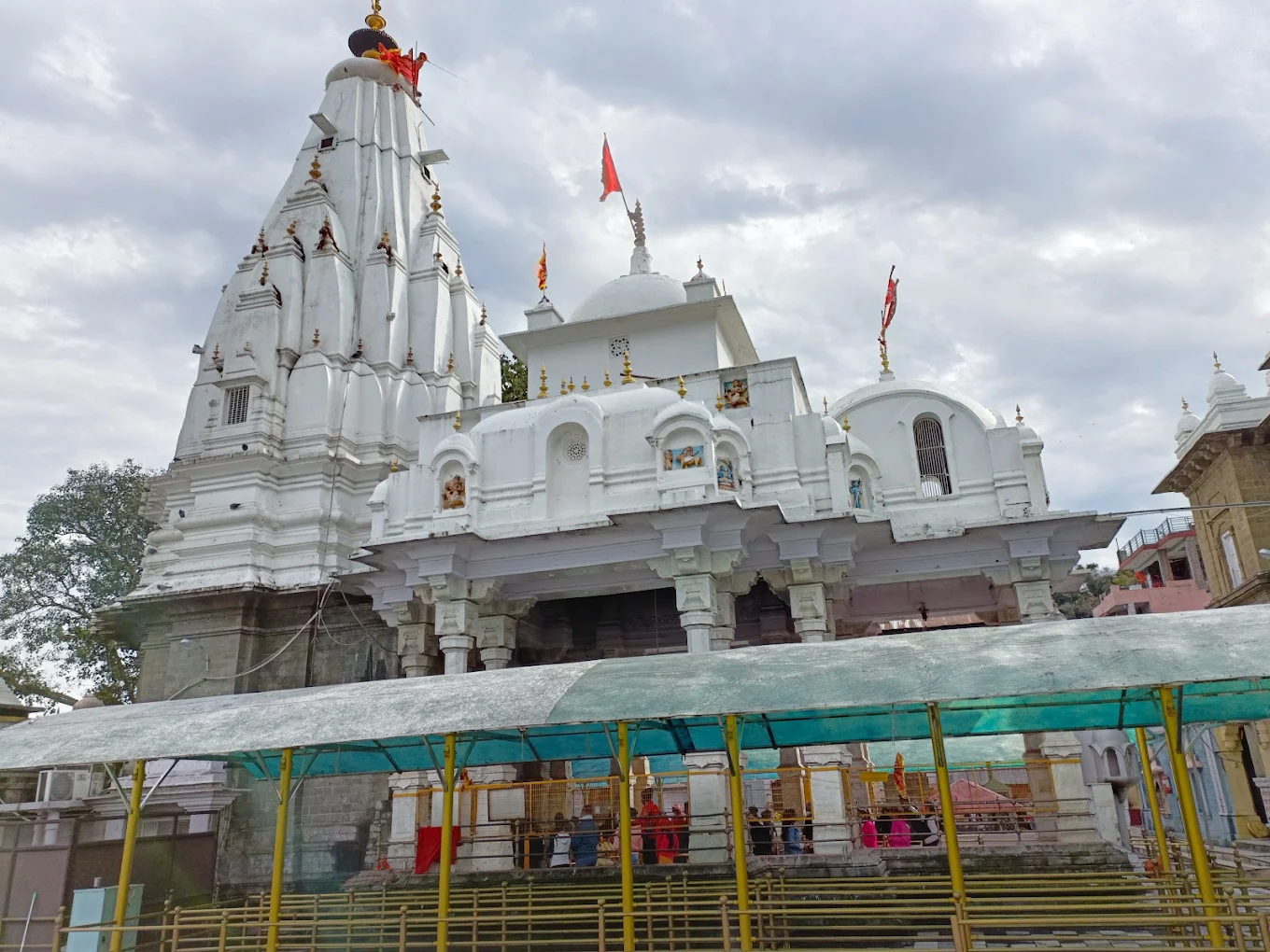Kangra, a picturesque district in Himachal Pradesh, is renowned for its natural beauty, ancient forts, and spiritual heritage. Among its sacred landmarks, Kangra Shakti Peeth holds immense significance for devotees of Goddess Shakti. Believed to be one of the 51 Shakti Peethas, it is the spot where a part of Goddess Sati’s body (specific body part varies in legends) fell during Lord Shiva’s tandava, making it a place of deep reverence.
Nestled amidst rolling hills and the serene Dhauladhar range, the temple combines spiritual energy with breathtaking Himalayan views, attracting pilgrims, tourists, and history enthusiasts alike.
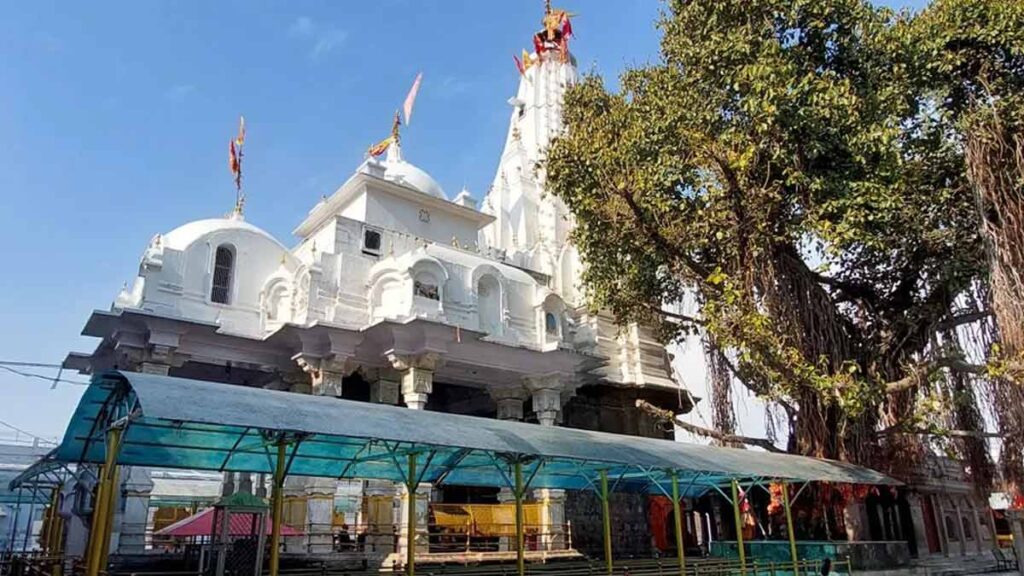
Historical and Mythological Significance
The story of Shakti Peethas originates from the tragic tale of Goddess Sati, Lord Shiva’s consort. After Sati’s self-immolation, Shiva carried her body in grief and performed the Tandava dance, causing chaos in the universe. To restore balance, Lord Vishnu used his Sudarshan Chakra to cut Sati’s body into 51 pieces, which fell at different locations, now revered as Shakti Peethas.
Kangra Shakti Peeth is traditionally associated with the worship of Goddess Shakti in her powerful form. The temple is an ancient site where devotees have offered prayers for centuries. It symbolizes divine feminine energy, strength, and protection, making it a crucial pilgrimage site in Himachal Pradesh.
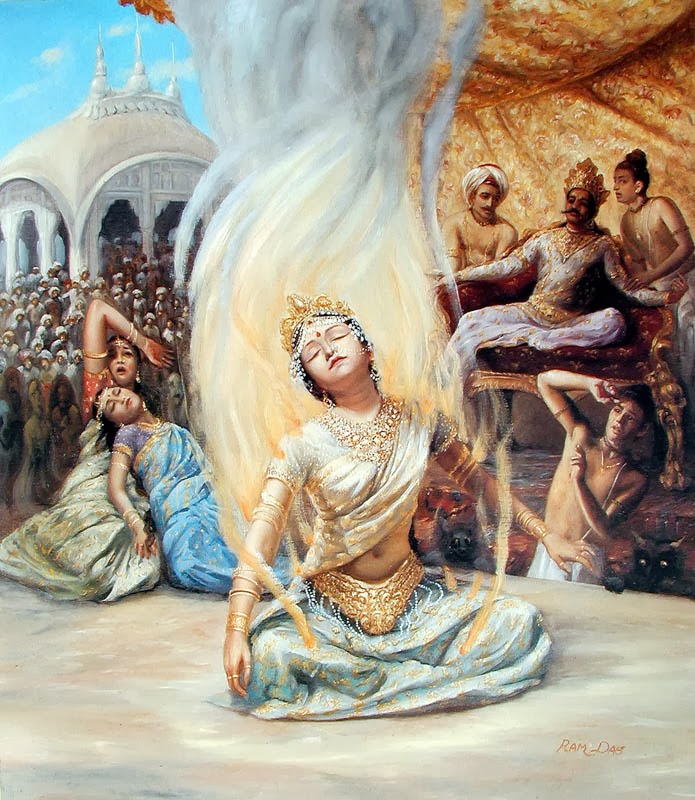
Architecture and Temple Layout
The Kangra Shakti Peeth reflects classic Himalayan temple architecture, with influences of Pahari and ancient North Indian styles:
- Sanctum Sanctorum (Garbhagriha): Houses the main idol of Goddess Shakti, often adorned with traditional jewelry and sacred symbols.
- Mandap and Courtyard: Space for devotees to assemble and perform rituals.
- Carvings and Sculptures: Depict tales of Goddess Shakti, Lord Shiva, and other deities associated with Hindu mythology.
- Temple Surroundings: Nestled on a hill slope, offering panoramic views of Kangra valley and the Dhauladhar ranges.
The temple maintains a serene and peaceful environment, allowing visitors to meditate, perform rituals, and experience divine energy.
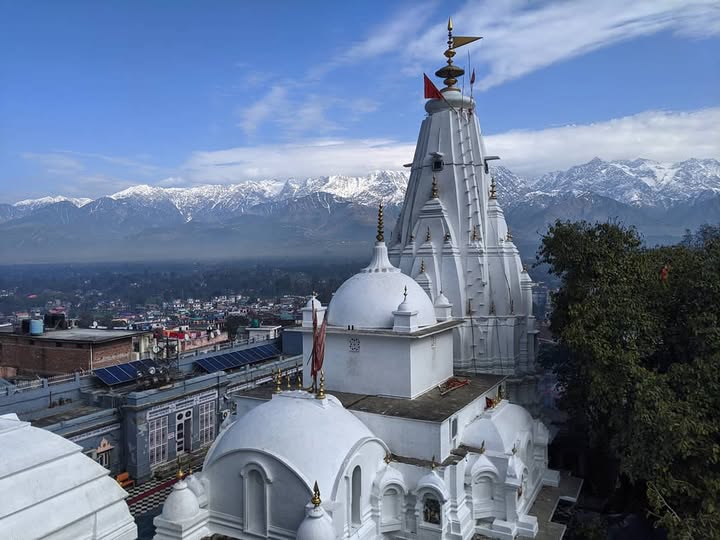
Devotional Practices and Rituals
Kangra Shakti Peeth is active year-round, with daily rituals, offerings, and special festivals that attract devotees:
- Daily Aarti: Morning and evening aartis are performed to honor Goddess Shakti.
- Special Offerings: Devotees bring flowers, incense, coconuts, and sweets as prasad.
- Festivals: Major celebrations occur during Navratri, when thousands of devotees gather to worship the goddess with fervor.
- Pilgrim Practices: Many devotees observe fasts, chant mantras, and participate in group prayers during auspicious days.
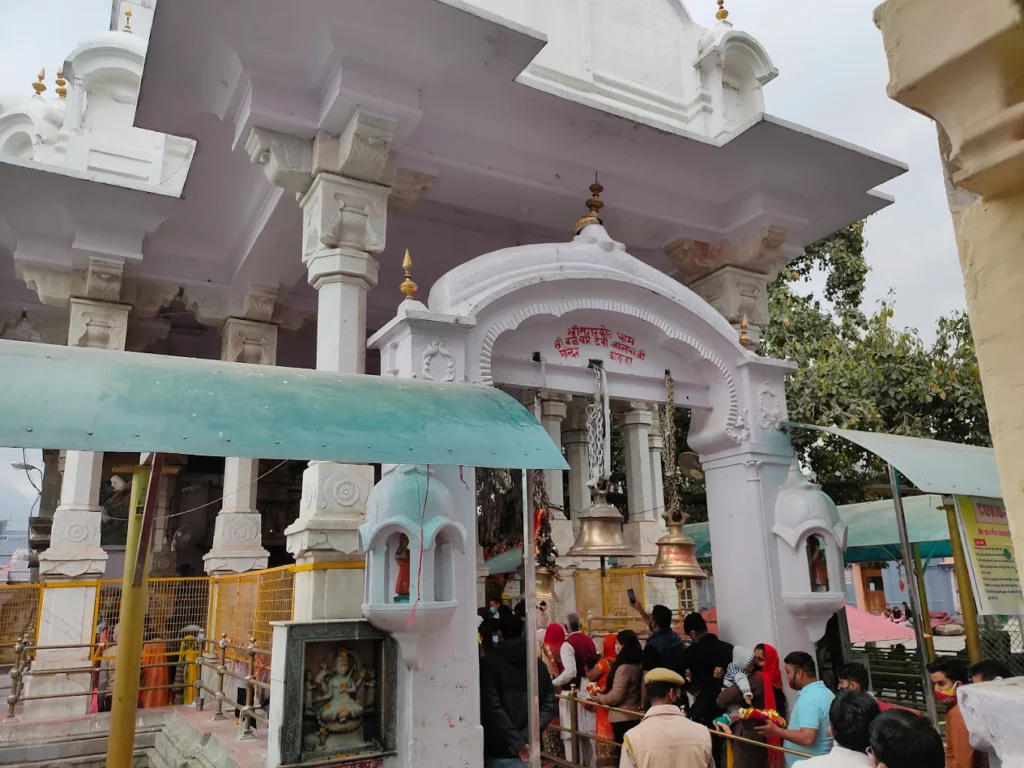
Significance of Visiting Kangra Shakti Peeth
Visiting this Shakti Peeth is believed to:
- Invoke Divine Blessings: Pilgrims seek protection, strength, and spiritual guidance.
- Fulfill Wishes: Many devotees report fulfillment of personal and professional desires after sincere prayers.
- Spiritual Cleansing: The temple is considered a place to cleanse negative energy and rejuvenate the mind and soul.
- Cultural Learning: Visitors experience traditional Himachali rituals, local festivals, and mountain heritage.
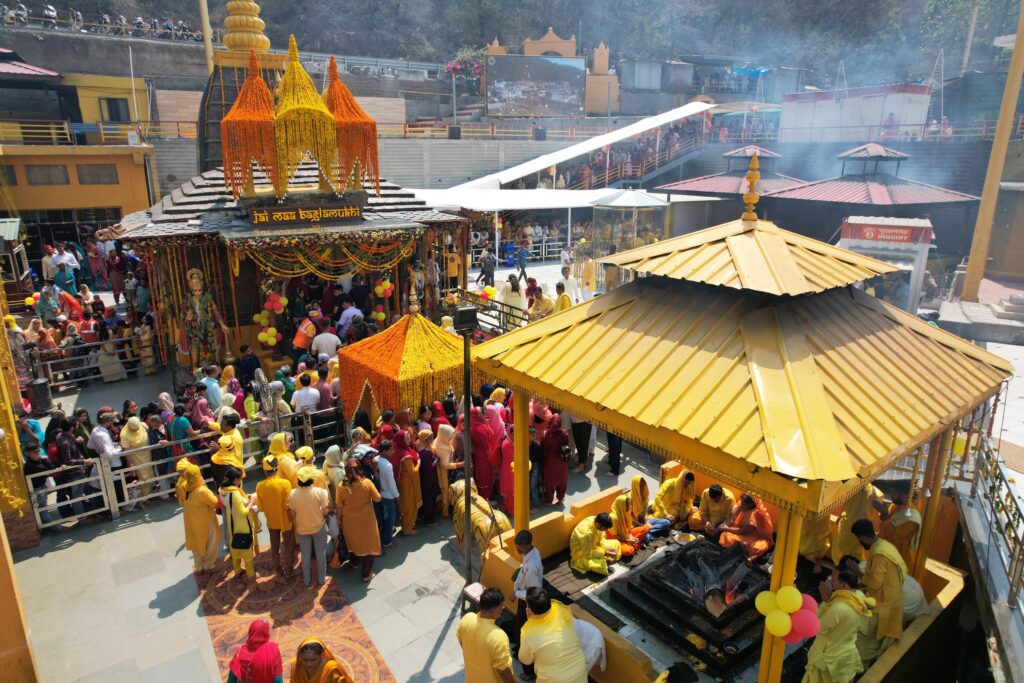
Nearby Attractions in Kangra
While Kangra Shakti Peeth is the spiritual highlight, the region offers many attractions:
- Kangra Fort: One of the oldest forts in India, offering panoramic views of the valley and Dhauladhar mountains.
- Masroor Rock Cut Temples: Ancient monolithic temples carved from rock, showcasing architectural brilliance.
- Bharat Mata Mandir: Dedicated to Mother India, depicting a map of India in three-dimensional form.
- Dharamshala and McLeod Ganj: A short drive from Kangra, offering Tibetan culture, monasteries, and scenic beauty.
- Baijnath Temple: Famous for its exquisite stone carvings and historical significance.
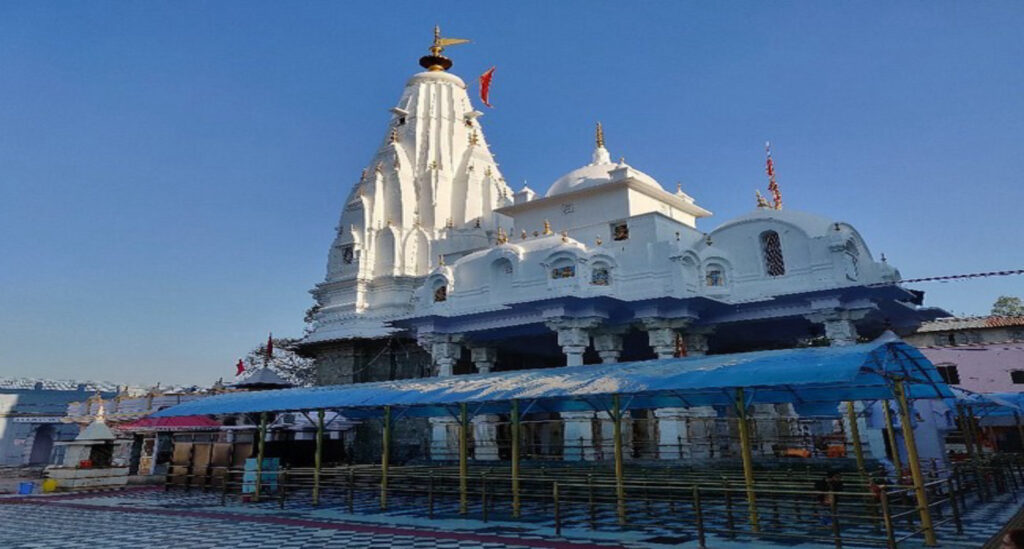
How to Reach Kangra Shakti Peeth
By Air:
The nearest airport is Gaggal Airport (Dharamshala Airport), about 25 km from Kangra. It connects to major Indian cities like Delhi and Chandigarh.
By Train:
The Kangra Railway Station and nearby Pathankot Railway Station are well-connected by trains from Delhi, Chandigarh, and other northern cities.
By Road:
Kangra is well-connected by national and state highways. Buses, taxis, and private vehicles are easily available from major cities like Delhi, Chandigarh, and Dehradun.
Best Time to Visit Kangra Shakti Peeth
Kangra experiences pleasant weather for most of the year, but timing your visit can enhance both the spiritual and sightseeing experience:
- Spring (March to May): Ideal for sightseeing, trekking, and enjoying blooming flowers and lush greenery. Temperatures range from 15°C to 25°C.
- Summer (June to August): Monsoon season brings heavy rainfall, making trekking challenging. However, the surrounding hills and valleys become vibrant and green.
- Autumn (September to November): Post-monsoon months are perfect for pilgrimage and photography, with clear skies and moderate temperatures.
- Winter (December to February): Cold and occasionally snowy. Ideal for those seeking serene, off-season spiritual retreats.
The Navratri festival, which occurs twice a year (Chaitra and Sharad), is considered the most auspicious time to visit, as special rituals and celebrations take place.
FAQs for Kangra Shakti Peeth
1. Why is Kangra Shakti Peeth famous?
Kangra Shakti Peeth is a revered Shakti Peetha, attracting devotees for its spiritual energy and historical importance.
2. Where is Kangra Shakti Peeth located?
It is located in Kangra district, Himachal Pradesh, in the foothills of the Dhauladhar range.
3. What is worshipped at Kangra Shakti Peeth?
The temple is dedicated to Goddess Kangra Devi (Shakti), symbolizing power, protection, and divine energy.
4. What are the temple timings?
The temple generally opens from 6:00 AM to 7:00 PM, with special aarti timings during festivals.
5. Is photography allowed inside Kangra Shakti Peeth?
Photography is restricted inside the sanctum, but allowed in the surrounding premises.
6. What is the significance of Kangra Shakti Peeth as a Shakti Peetha?
It is believed that a part of Goddess Sati’s body fell here, making it a highly sacred site for devotees.
7. How can I reach Kangra Shakti Peeth?
The temple is accessible via road from Dharamshala or Palampur, with the nearest airport being Gaggal Airport.
8. Are there any special rituals at Kangra Shakti Peeth?
Yes, devotees perform aarti, bhog offerings, and special pujas during festivals like Navratri.
9. Is there accommodation near Kangra Shakti Peeth?
Yes, there are hotels, guesthouses, and dharamshalas in Kangra and nearby towns.
10. What is the best time to visit Kangra Shakti Peeth?
March to June and September to November are ideal to avoid monsoon rains and enjoy pleasant weather for pilgrimage.

